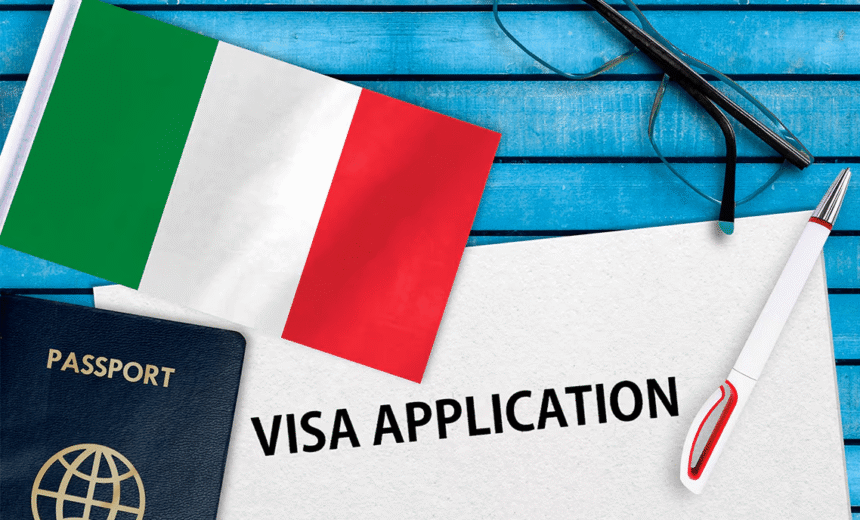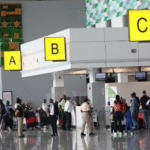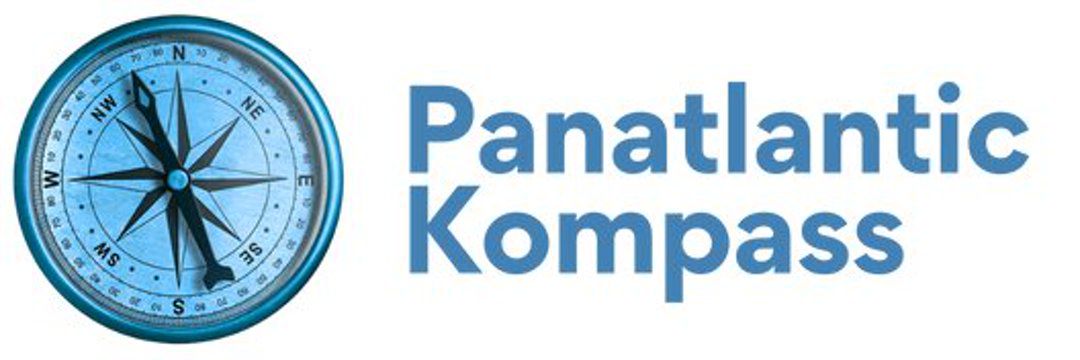The Italian government has officially published its new Immigration Decree for three years, establishing 497,550 work visa quota for non-European Union workers from 2026 to 2028.
The rules were published in the country’s Official Gazette through a government decree known as the “Flussi Decree.”
The new rules are a guideline on how many foreign workers can come to Italy for different types of jobs and how applications will be managed over the next three years.
The Italian government announced that the development to open up a 497,550 work visa quota from 2026 to 2028 is a targeted strategy to address critical labor shortages across key Italian industries, including agriculture, tourism, and construction.
A breakdown of the work visa quota from 2026 to 2028 revealed that the decree provides a structured plan for foreign labor admission, aiming for transparency and predictability in the immigration process.
For 2026, Italy will welcome 164,850 entries; 2027 would be 165,850 entries while 2028 would be 166,850 entries.
The overall Italy work visa quota from 2026 to 2028 is also divided by work type.
The breakdown revealed that seasonal workers (Agriculture and Tourism) will have 267,000 permits (the largest share) while non-seasonal and self-employed workers will get 230,550 permits.
Similarly, Italy sets specific days for employers to submit online applications for work permits.
These are called “Click Days” For 2026, the dates are:
Date (2026) Category of Workers
January 12 Seasonal Agricultural Workers For workers employed in Italy’s farming and agricultural sectors.
February 9 Seasonal Tourism Workers For employees in the hospitality and tourism industry during peak seasons.
February 16 Non-Seasonal Workers (Other Sectors) Includes self-employed individuals, workers of Italian origin, refugees, and stateless persons.
February 18 Non-Seasonal Family and Home Care Workers For domestic helpers, caregivers, and other home service workers.
To qualify, most foreign workers need:
A valid job offer from an Italian employer
Required skills or experience in the relevant sector
A clean background and a valid passport
Once the work permit (nulla osta) has been granted in Italy, applicants may apply for a visa at the nearest Italian Embassy. Upon arrival in Italy, they must apply for a residence permit within eight days.
Pan-Atlantic Kompass reports that the increment in Italy’s work visa quota from 2026 to 2028 comes as several countries, including the United States, Canada, and the United Kingdom, among others, are capping work permits.
In the United States, President Donald Trump recently slapped a $100,000 fee on H-1B visas for skilled worker applicants.
The new $100k fee on H-1B visas took effect on September 21, 2025.
“The company needs to decide… is the person valuable enough to have a $100,000-a-year payment to the government, or they should head home, and they should go hire an American,” Trump said, adding: “All of the big companies are on board.”





